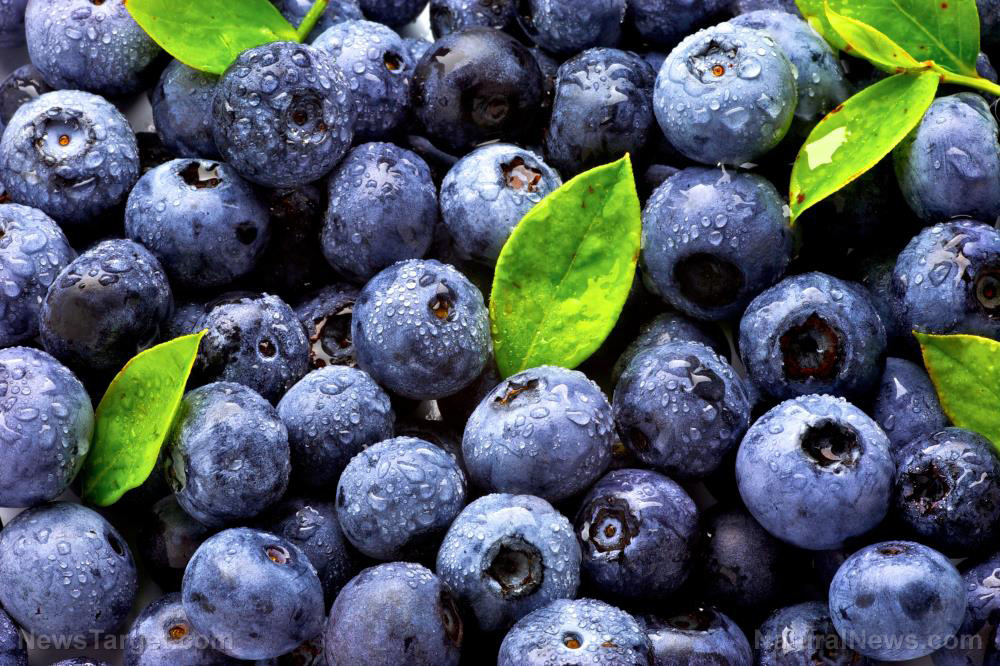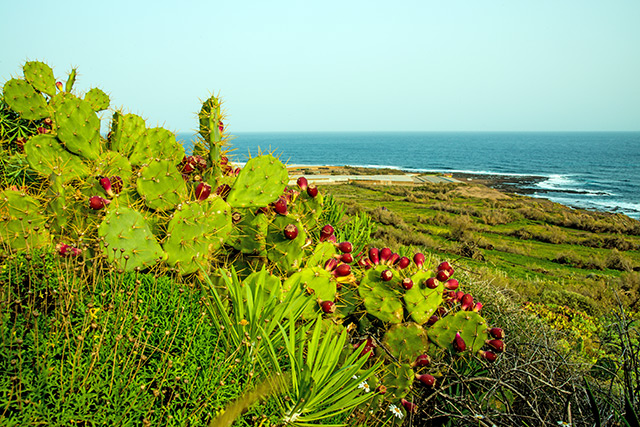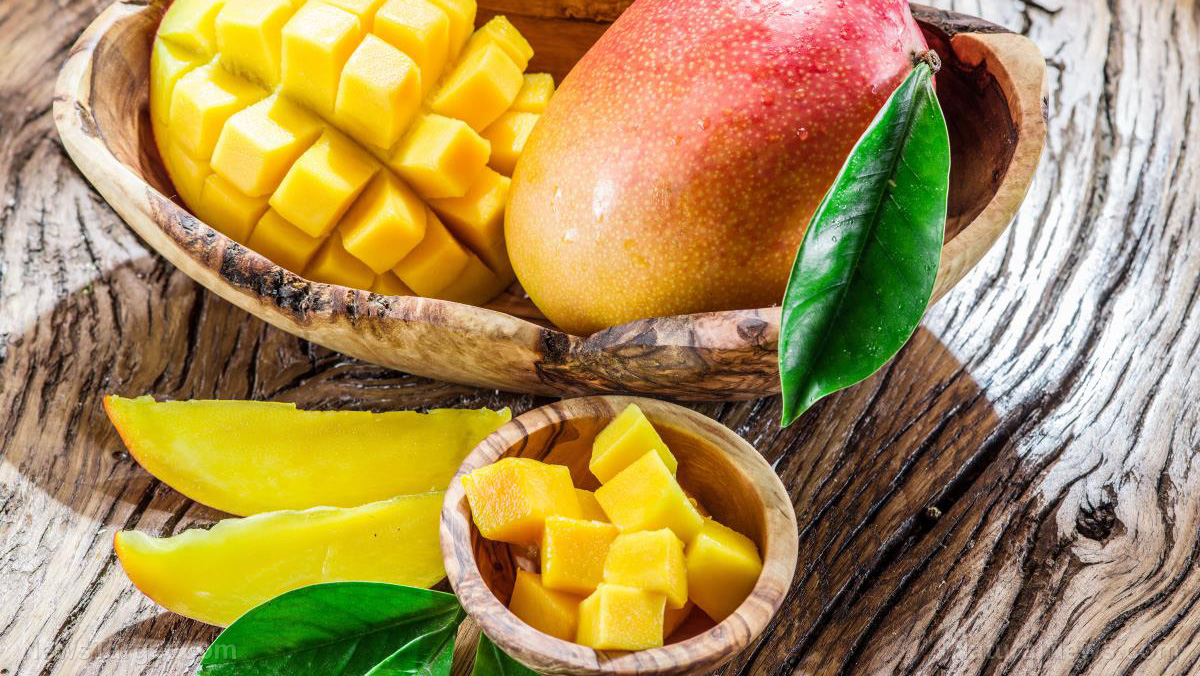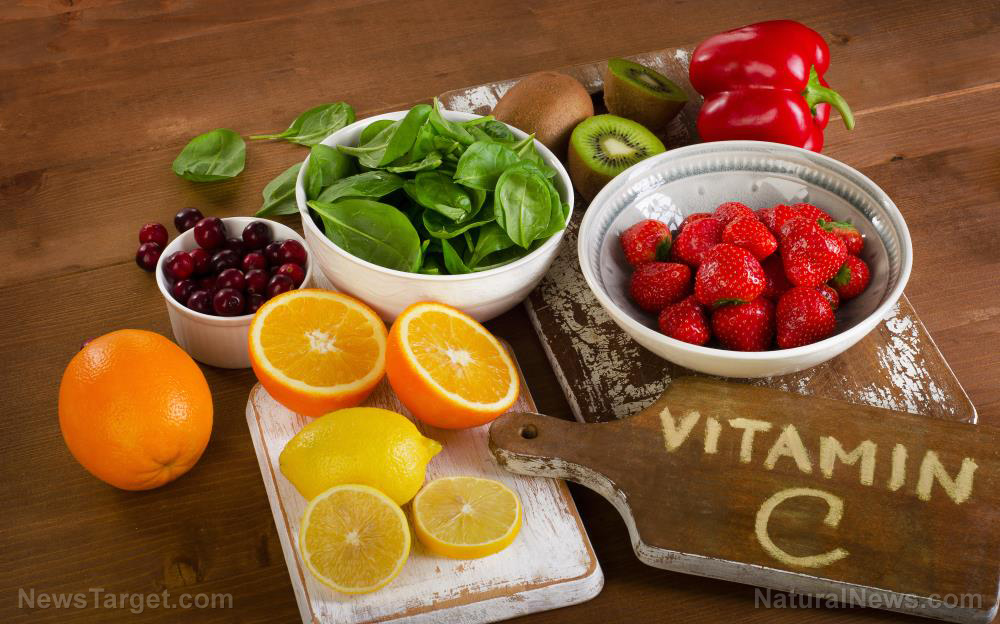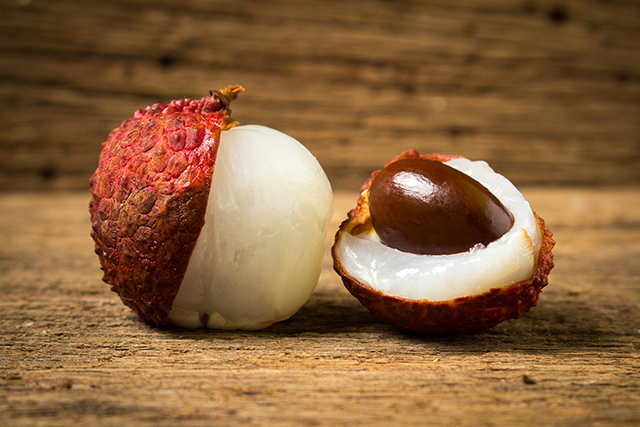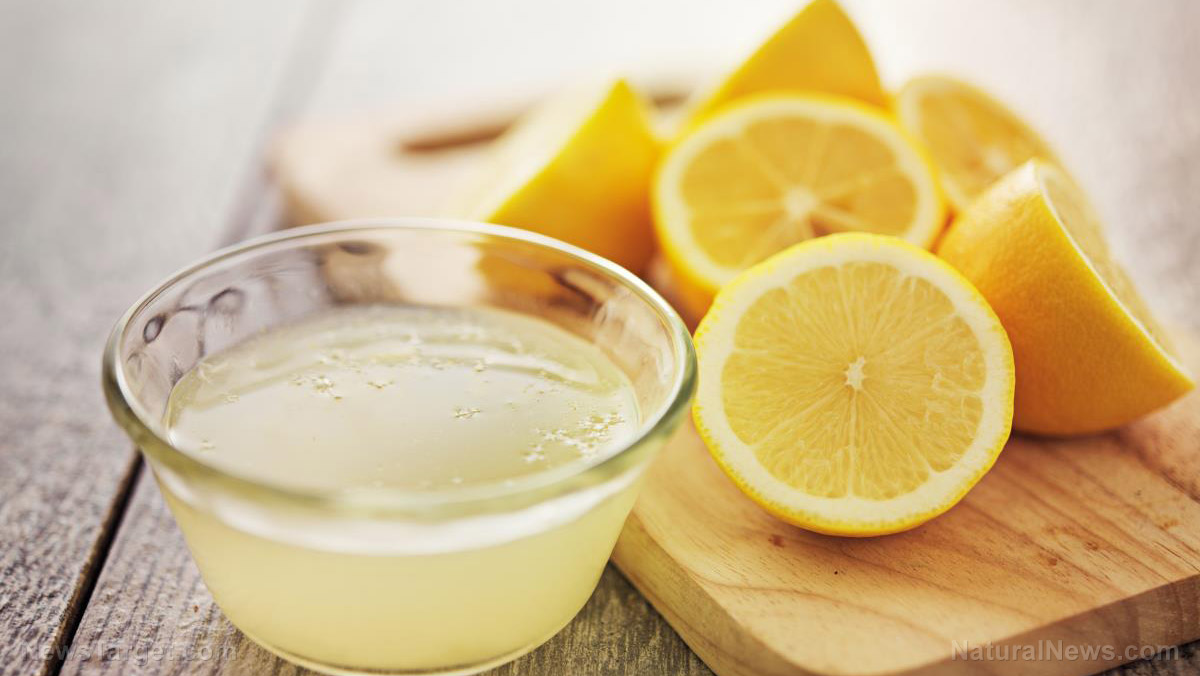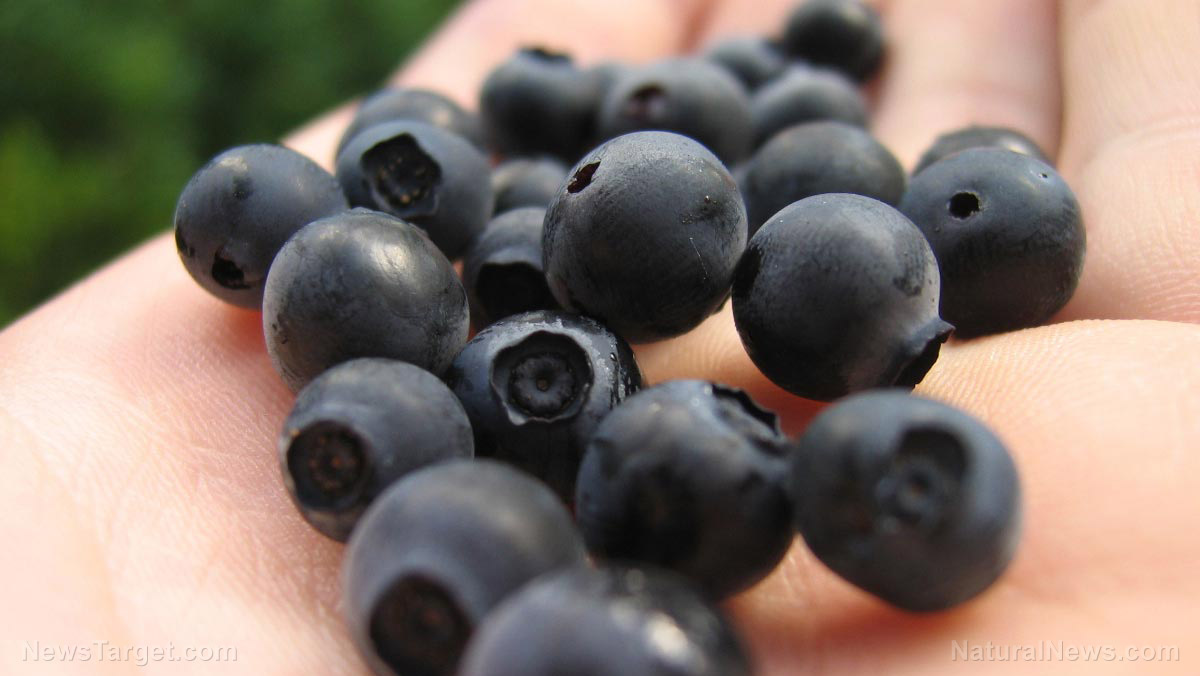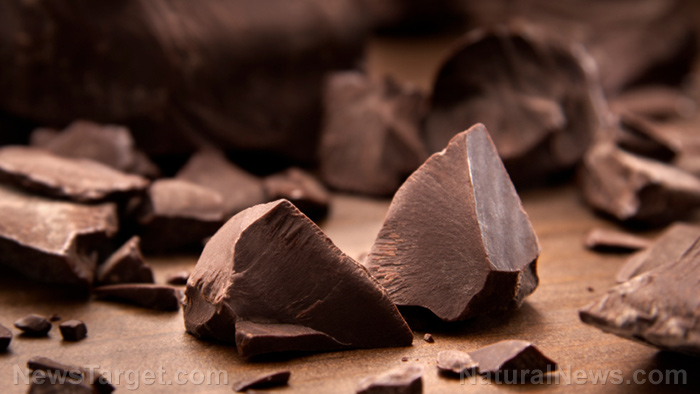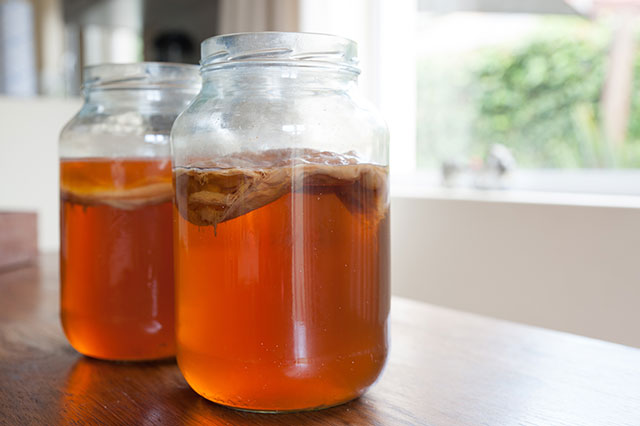Have you tried any of these natural alternatives to antibiotics?
09/28/2018 / By Lance D Johnson

Bacteria have quickly evolved at the genetic level to resist modern antibiotics. Since modern antibiotics destroy both bad and good bacteria, the overly treated, sterilized microbiome of the individual becomes seriously depleted of microbial life, stimulating bacteria to quickly adapt to survive. Scientists now confirm that bacteria have developed resistance to last-line antibiotics such as carbapenem, colistin, and other polymyxins. Scientists are now observing antibiotic resistance occurring through the mcr-1 gene of bacteria plasmids — a grave concern due to quick transfer-ability of the new gene.
As modern antibiotics continue to fail and encourage genetically evolved superbugs, it’s imperative that individuals seek out and utilize the antimicrobial compounds found in nature. These natural antibacterial compounds are scientifically proven to eliminate pathogens of all varieties. These antimicrobial compounds have existed alongside infectious bacteria since the beginning and have controlled them, without spurring wild resistance.
Here is a brief rundown of some of the natural molecules that exhibit antimicrobial properties and how they are able to conquer pathogens.
Garlic
The principle constituent of garlic, allicin, displays antimicrobial activity against infectious bacteria. At the Gondar University Teaching Hospital School of Medical Laboratory Technology, agar dilution preparation of garlic (33.75 mg/ml) controlled strains of Staphylococcus aureus ATTC 25923, Escherichia coli ATTCC 25922, S. aureus, E. coli, Proteus mirabilis, Klebsiella pneumoniae and Pseudomonas aeruginosa. Clinical evidence continues to confirm garlic as a potent antibacterial.
Raw honey
The properties of raw honey vary from region to region, due to the differing type of wildflowers that bees tap. This complex spectrum of plant nectars contains a wide variety of natural antibacterial compounds as well as flavonoids from the various plants and herbs. One of the most powerful antimicrobials in raw honey is hemolymph, a peptide that is secreted by the hypopharyngeal gland of worker bees. Along with carbohydrate-metabolizing enzymes and bee defensin-1, hemolyph provides protection against microbial activity. As the honey is diluted, honeybees also produce antibacterial hydrogen peroxide through their glucose oxidase enzyme. Manuka honey also contains the compound methylglyoxal, which has strong antibacterial properties.
Apple cider vinegar with the mother
ACV contains a unique blend of acids that effectively penetrate the cell membranes of bacteria, leading to cell death. Acetic, lactic, ascorbic, citric, malic, propionic, succinic, and tartaric acids are a potent combo that target infectious bacteria. Apple cider vinegar also supplies the microbiome with friendly bacteria species so they can control the balance and support the entire immune system.
Grapefruit seed extract
GSE contains a unique blend of bioflavonoids and glycosides which hunt and kill pathogens in a precise manner. The natural compounds include quercetin, isosacuranetin, neohesperidin, hesperidin, dihydrocampherol glycoside, poncirin, campherol glycoside, apigenin rutinoside, rhoifolin, heptamothoxyflavone, and nobiletin. These molecules disorganize the pathogen’s cytoplasmic membrane, choking it from up-taking amino acids. As this occurs, the pathogen’s important cellular contents leak through its cytoplasmic membrane, ultimately causing its death.
Colloidal silver
Colloidal silver is a timeless secret that is basically dissolved silver ions in water. This natural preparation is able to thwart bacteria by destabilizing two cellular processes. Silver ions target infectious bacteria by making its cell membrane more permeable. The bacteria’s metabolism goes into shock and responds by overproducing reactive oxygen compounds that lead to the bacteria cell’s death.
Oil of oregano
This strong plant extract exhibits comprehensive antimicrobial activity. It’s principle constituents, thymol and carvacrol, are also antifungal and have tested to be powerful against microorganisms such as aeromonas hydrophila, citrobacter sp., enterobacter aerogenes, escherichia coli, flavobacterium sp., klebsiella ozaenae, klebsiella pneumonia, proteus mirabilis, pseudomonas aeruginosa, salmonella typhi, salmonella para typhi B., serratia marcescens, and shigella dysenteriae.
Tea tree oil
With over 100 bio-active compounds harbored in the oil, tea tree is able to break down unwanted bacteria from a multitude of angles. The most powerful component, terpinene-4, inflicts structural damage to the membrane bacteria cell walls. Tea tree oil is clinically proven to control methicillin-resistant Staphylococcus aureus (MRSA), candidiasis and bacterial vaginosis.
This list represents seven very effective, well-known, and scientifically validated alternatives to modern antibiotics, but there are countless other plants that exhibit similar and differing antimicrobial compounds and properties. These natural substances could save many lives, stabilize the medical system, increase the effectiveness of antibiotics for use in only crucial situations, and help individuals grow more resilient to the world of pathogens on their own.
Sources include:
Pakbs.org [PDF]
Tagged Under: antibacterial agent, apple cider vinegar, Colloidal Silver, garlic, microbiome, Natural Alternatives, natural antibiotics, natural ingredients, Oil of Oregano, raw honey, remedies, Tea Tree Oil



